Showcase your value to colleagues - Gazetteers @ GIS Day is your chance to highlight the significant benefits of leveraging geographic insights across the organisation.
Every local authority service relies on location data to carry out its duties. Address and street data power your council’s operations, with UPRNs and USRNs supporting services for residents across nearly every department.
As the LGA states in its guide:
"The Unique Property Reference Number – the unique identifier for every addressable location – is crucial to nearly everything councils deliver or accomplish."
Address and Street Data: the backbone of efficient local authority services
Address and street data are critical for local authorities because they form the foundation for delivering efficient public services. Accurate and up-to-date data, supported by Unique Property Reference Numbers (UPRNs) and Unique Street Reference Numbers (USRNs), ensure that everything from emergency response and waste collection to planning and infrastructure development runs smoothly. These datasets enable precise coordination across departments, streamline decision-making, and enhance service delivery by providing reliable information about properties and streets. Without them, local authorities would struggle to manage resources effectively, respond to residents’ needs, or meet statutory obligations.
Video
Connecting services to people from places
Custodians maintain the magic ingredients that connect services to people to places
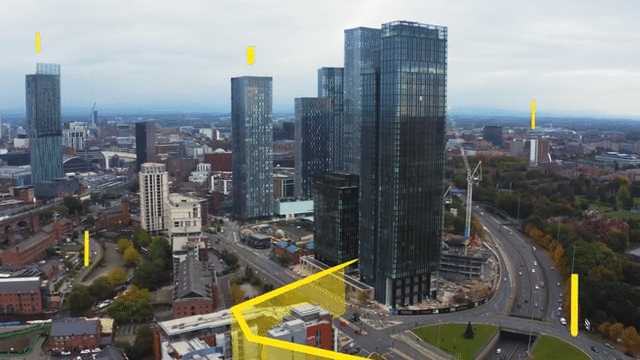
The people who make it happen
Local Land and Property Gazetteer (LLPG) Custodians in each planning authority ensure address assets are regularly updated and maintained. Every highway authority has a Local Street Custodian (LSG) responsible for managing essential street data, supporting statutory functions like permitting. Street Naming and Numbering (SNN) Officers handle new address applications and updates, feeding valuable information to Custodians for quick and accurate recording. Some SNN officers have direct access to LLPGs, enabling real-time updates that benefit everyone.
Learn more about the crucial roles of your Address and Street Custodians, and Street Naming and Numbering Officers.
Video
Everything happens somewhere
..... and local authorities know where!
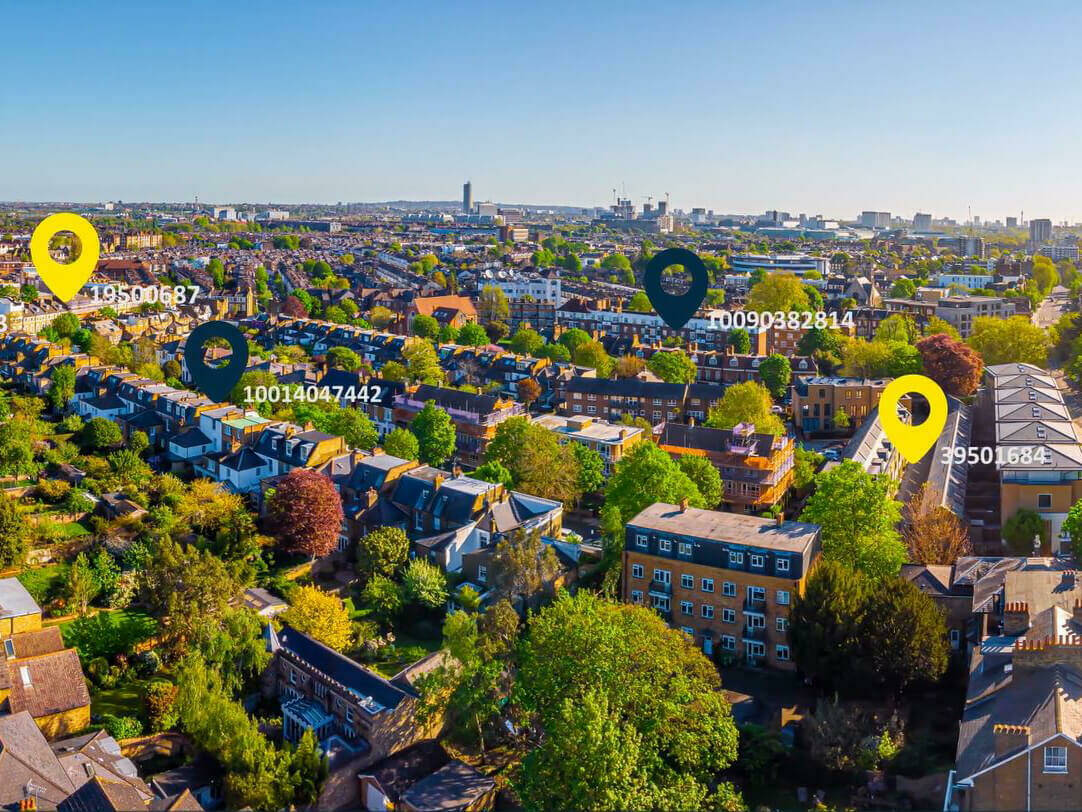
What is Gazetteers@GIS Day?
It’s an initiative focused on showcasing the role of address and street data in local government. It provides a platform for Address Custodians, Street Custodians, and other professionals highlight the value of accurate, up-to-date gazetteer data in improving decision-making, planning, and service delivery.
The event is part of the broader GIS Day, a global event celebrating the power of geographic information systems (GIS) technology. It highlights how GIS is used to solve real-world problems, improve decision-making, and promote geographic literacy across various industries, including government, business, and education.
Gazetteers@GIS Day takes place on Wednesday 20th November.
Gain greater value through integration; unlocking the value of your address data through integration allows councils to do more with less.
Integration simply means connecting your vast amounts of data more effectively, and the key to this lies in unique location data. Every place—homes, businesses, hospitals, schools, care homes—has a Unique Property Reference Number (UPRN), which is already embedded in your Local Land and Property Gazetteer. This machine-readable number links different departments, enabling smarter decision-making, saving resources, and ensuring certainty.
As the LGA highlights, UPRNs are “key to almost everything delivered by councils.” By integrating UPRNs with departmental datasets, you can create holistic solutions, ensuring, for instance, that vulnerable families receiving social care are also benefiting from appropriate council tax support.
Integration helps you make well-informed decisions, saves time and money, and improves services. To get started, talk to your Local Address Custodian or GeoPlace for guidance.
Video
Integration and data linking with UPRNs
See our video about the value of integration
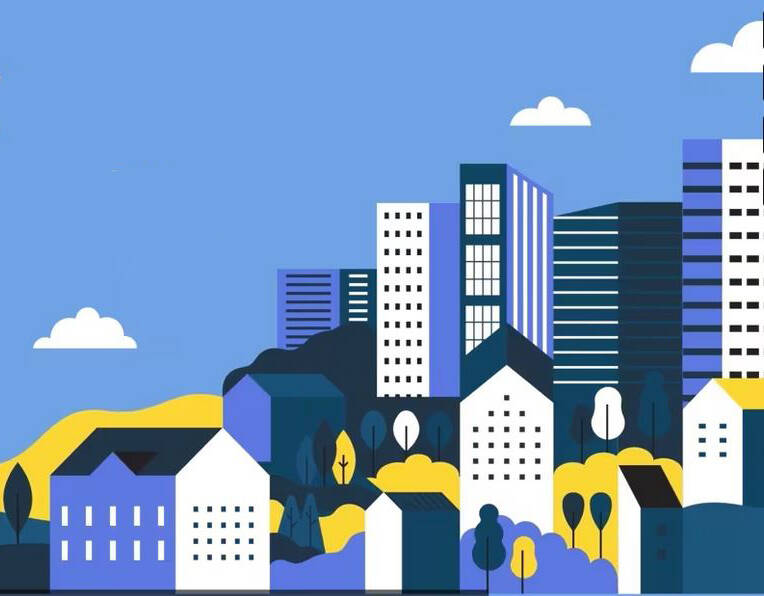
A 6:1 return on investment
Our research shows that by integrating address and street data with council systems can yield a 6:1 return on investment. In simple terms this means that for every £1 invested local authorities can expect to realise £6 in cost efficiencies and increased revenue. This was verified through an in-depth study with Nottingham City Council which predicts that the benefits from data integration could generate a net present value of £5.7 million over the period 2023 to 2026.
The benefits are clear, but knowing how to start can be overwhelming. We’ve developed an integration knowledge base to help you do just this.
Integration
Discover our new interactive knowledge base
The Integration Knowledge Base is designed to provide answers to the most common integration queries. Find this and other integration resources here.

Further resources for Gazetteers @ GIS Day
Gazetteers @ GIS Day
Your personalised reports
All about your local authority's personalised set of infographics, an integration assessment, and other visual resources.
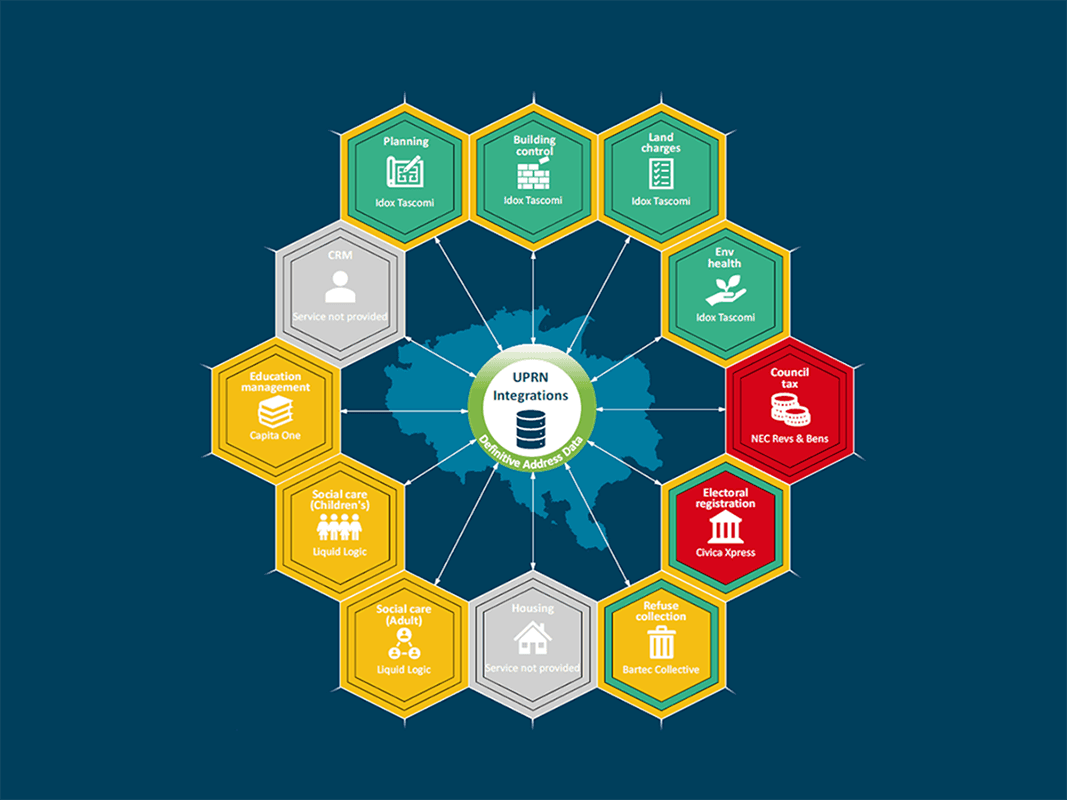
Value of data
Briefing your local councillors
See our briefing aimed at local councillors on why they should be interested in Address and Street data.

How to...
Derive efficiencies and insight from the data you didn’t know you had
All councils have an incredible pool of data at their disposal. Find a series of resources designed to support your data journey.
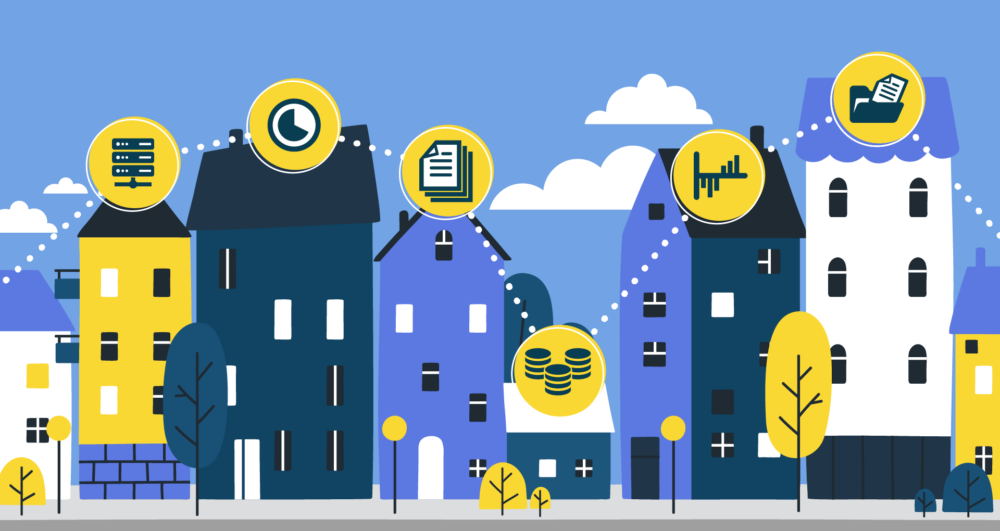
Gazetteers @ GIS Day
Quizzes
Be entertained and test your skills and knowledge with our GazDay quizzes. Share them with your colleagues to help spread the word about Gazetteers @ GIS Day.

support
Knowledge Hub
Find out about joining the GeoPlace group on Knowledge Hub, a forum for mutual support, sharing information, and disseminating best practice on the creation and maintenance of local authority address and street data.

Street naming and numbering
SNN Code of Practice
The SNN Code of Practice is a practical manual for Street Naming and Numbering (SNN) Officers in local authorities carrying out this function. But useful for all SNN stakeholders to want to find out more about maintaining a consistent national address dataset.
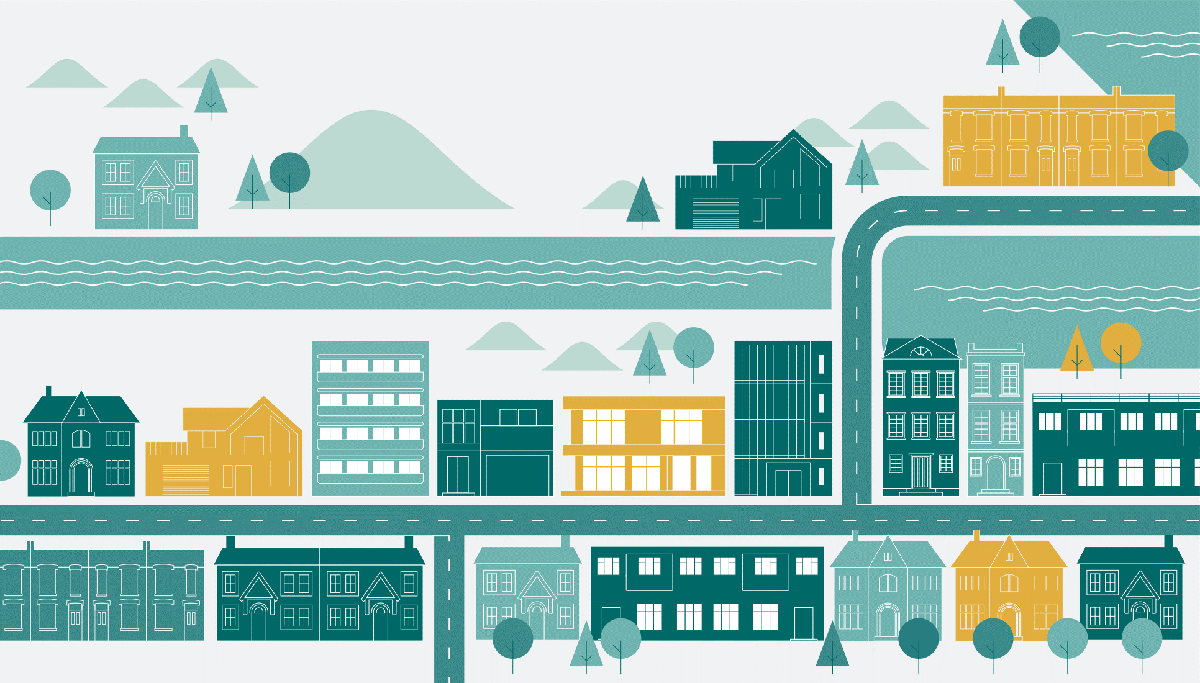
Local authority Custodians, connecting people with places
Supporting public services, emergency response and business. Local authority Address and Street Custodians act as the central source for all address and street intelligence in their area and they are responsible for maintaining the data to agreed national standards. As well as being used in internal systems such as planning, council tax, electoral roll and asset management, this data is used by thousands of other organisations, right across the UK.



